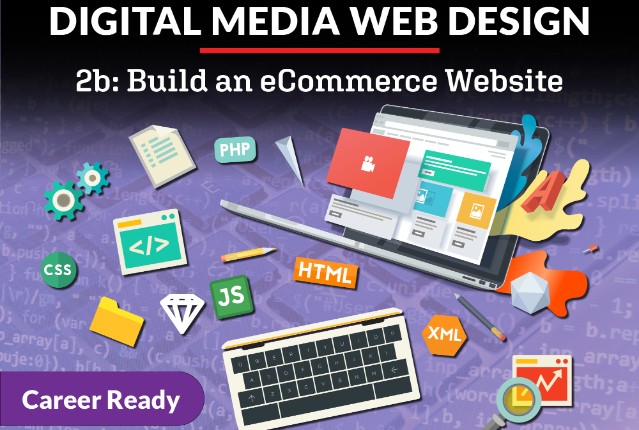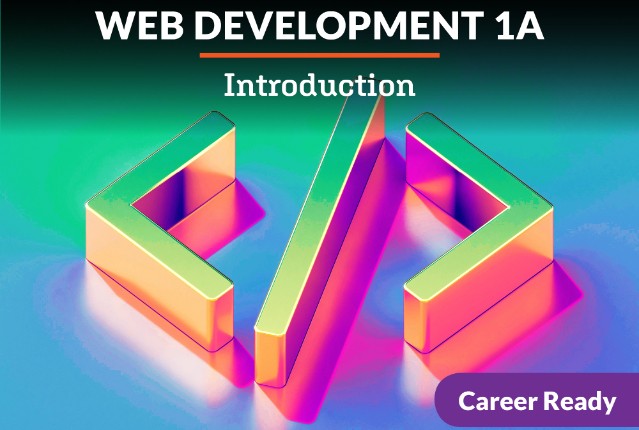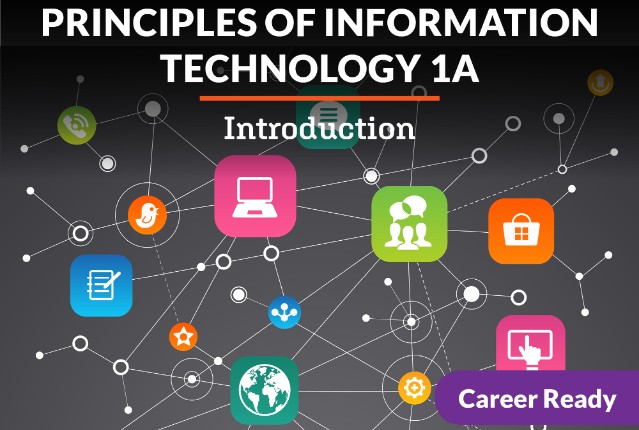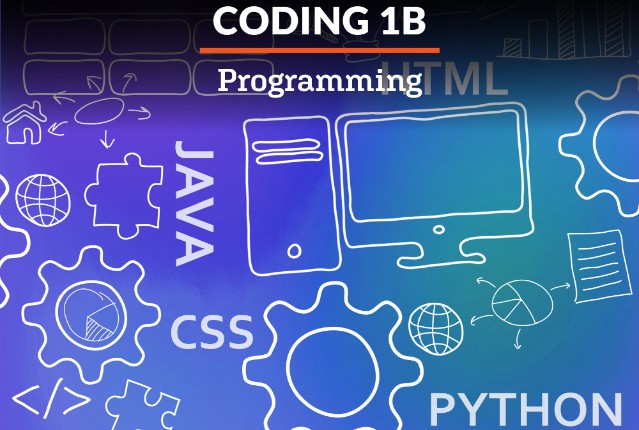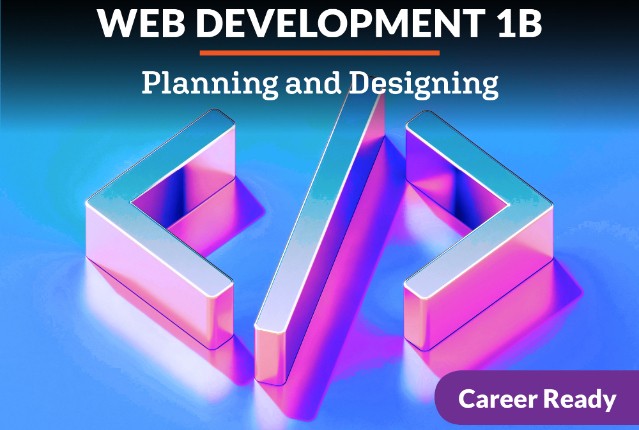
Web Development 1b: Planning and Designing
Websites need to be functional, but they need to look great while doing the job! Now that you’ve learned how to create web content, you’ll learn how to apply design principles, like color combinations and font choices, to achieve the greatest impact. You’ll also learn the behind-the-scenes tasks of organizing your files, ensuring website accessibility, following intellectual property regulations, and performing site backup and maintenance. Let’s unravel the web development process!
Review course outlineAccess for a year
USD 299.00*
* Choose more courses to get a discount
